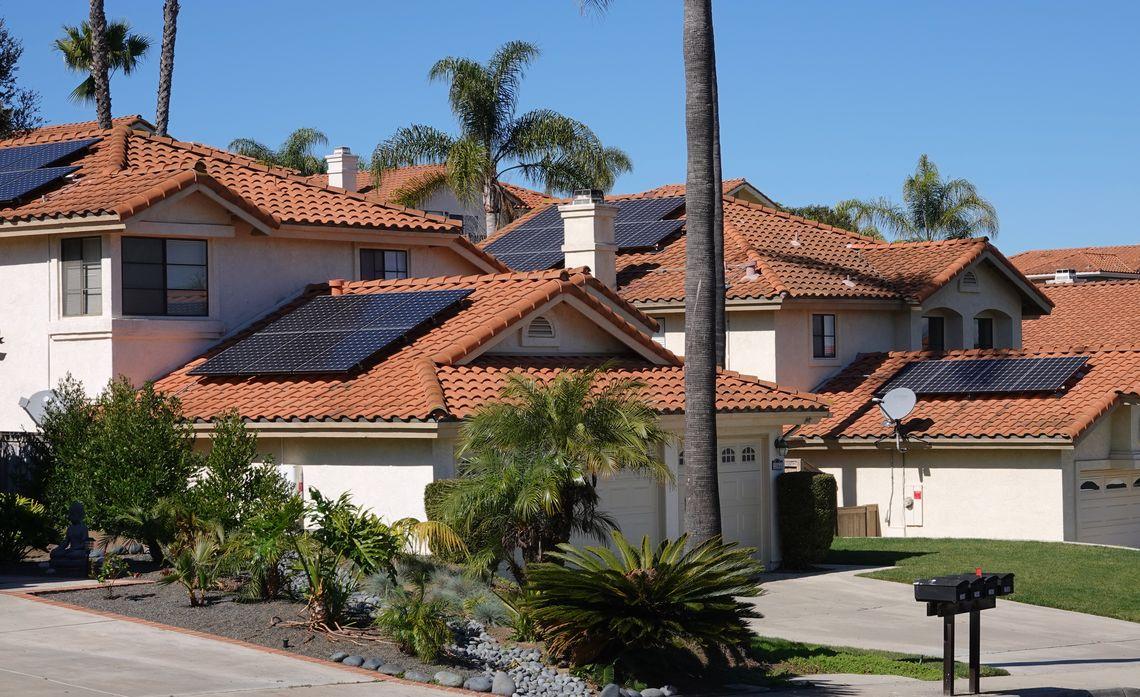Virtual Power Plants: Energy for Your Home and the Grid
Southern California Edison expands program to improve resiliency during extreme weather and other grid-stressing events.

by Julia Roether, Energized by Edison Writer
Virtual power plants are a relatively new solution for customers seeking to increase their resiliency to extreme weather and provide clean energy to the grid when it needs it. They are drawing more interest from homeowners looking to support and contribute to a clean energy future. Southern California Edison is increasing the number of virtual power plants available for customers to participate in.
Here’s how they work: typically, virtual power plants send energy from solar panels stored in a home battery back to the grid when the battery storage system receives a signal that the electricity is needed. Some reserve power is left in the battery for the customer’s use. Customers won’t notice any difference in how their system works and they usually receive an incentive in the form of a gift card to participate.
The batteries can be used for both high-energy demands that are predictable, like those that take place almost every day at the same time, as well as for unpredictable events such as high heat, storms and other weather conditions or emergency situations.
"For California to meet its carbon neutrality goal by 2045, SCE estimates that 10 gigawatts of stored energy from hundreds of thousands of California residents’ home batteries and solar power from 50% of single-family homes in California will be needed to help power the grid,” said Katie Sloan, SCE’s director of Advanced Energy Solutions.
Through agreements with AutoGrid, Generac, SunPower, Sunrun and Swell Energy, up to 1,500 residents who live in SCE’s service area can sign up to be part of a network, or virtual power plant, which were approved by the California Public Utilities Commission earlier this year to further enhance grid reliability.
As fossil fuels are replaced with more carbon-free energy sources, such as solar and wind, battery storage will play an increasingly important role in maintaining a reliable grid. Batteries can capture energy to use later when the sun isn’t shining or the wind isn’t blowing.
Customers who aren’t able or choose not to install solar rooftops and home batteries can still contribute to a clean energy future through energy-efficiency measures and demand response programs. Both provide customers with ways to save money on their electricity bills.

